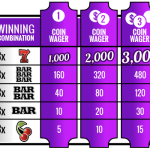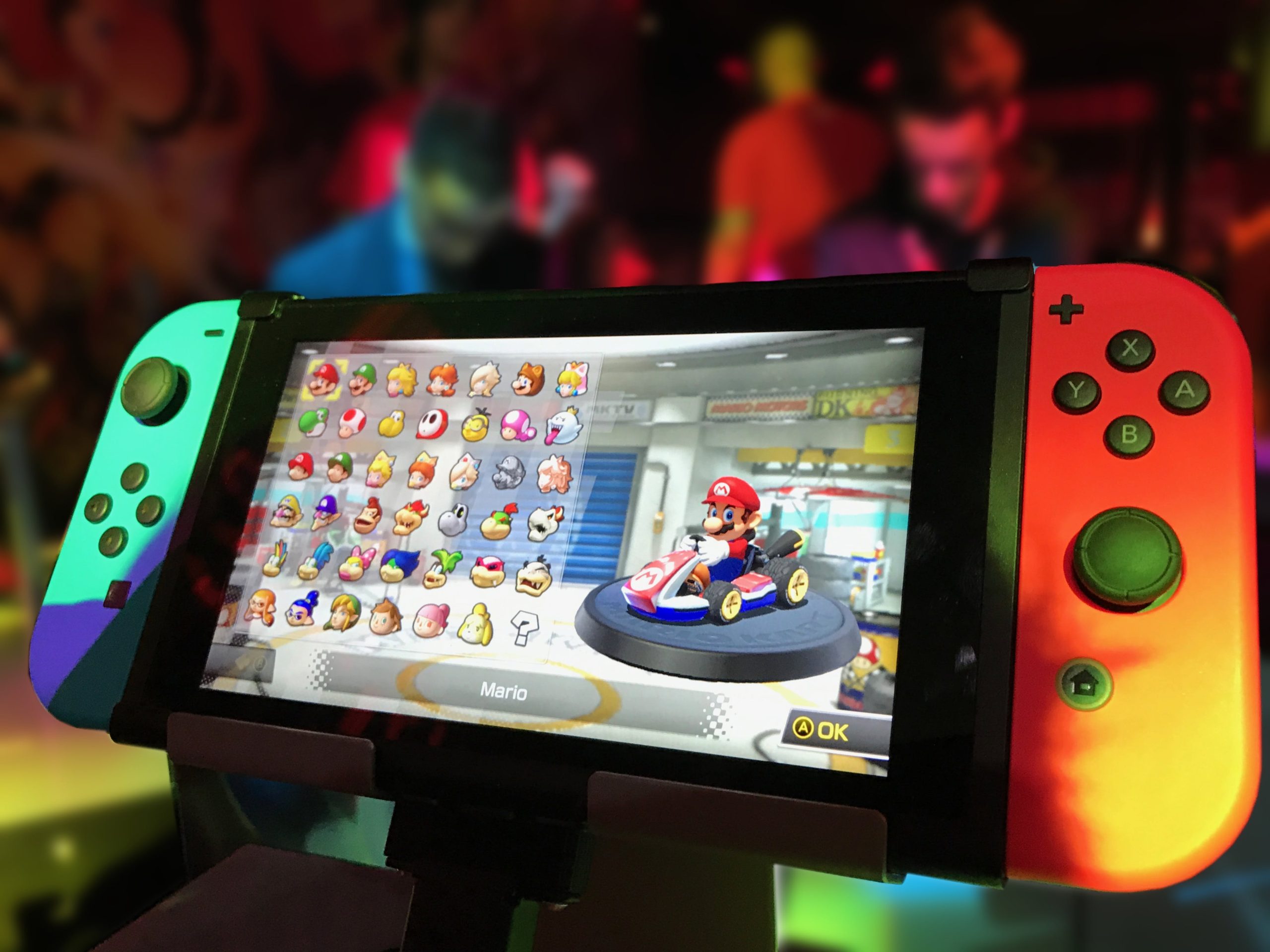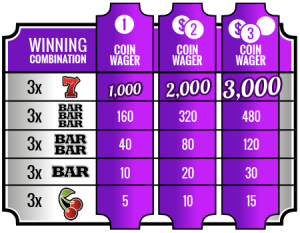Slot machines are one of the most popular forms of gambling in the world. People are drawn to the bright lights, exciting sounds, and the promise of winning big. But have you ever wondered why slot machines are so addictive?
The Role of Design in Slot Machines
Slot machine design plays a significant role in their addictive nature. The bright colors, flashing lights, and catchy sound effects all work together to create a sensory overload that keeps players engaged. The unpredictability of the outcomes also adds to the excitement, as players never know when they might hit the jackpot.
The Concept of Near Misses
One of the most insidious aspects of slot machine design is the concept of near misses. This is when a player gets two out of three matching symbols on the reels, but just misses out on the third one needed to win. The brain interprets this near miss as a partial win, even though no actual prize was won. This can trick players into thinking that they are close to winning and encourage them to keep playing.
The Role of Rewards
Slot machines are also designed to provide players with a steady stream of rewards, even if they are small. This constant reinforcement keeps players engaged and makes them more likely to continue playing. The intermittent reward schedule used by slot machines is similar to that used in other forms of gambling and can be highly effective in keeping players hooked.
The Element of Time
Another aspect of slot machine design that makes them addictive is the element of time. Players are often encouraged to play quickly to maximize their chances of winning. This fast pace can keep players engaged and make it difficult for them to stop playing, even when they are losing money.
The Influence of Sound
The sound effects used in slot machines also play a significant role in their addictive nature. The chimes, jingles, and other auditory cues create a sense of excitement and anticipation that can keep players coming back for more. These sounds are specifically designed to trigger the release of dopamine in the brain, which is associated with pleasure and reward.
Conclusion
In conclusion, slot machines are addictive because of their clever design that exploits the psychology of human behavior. The sensory overload, near misses, rewards, time element, and sound effects all work together to create a compelling experience that keeps players hooked. By understanding the psychology behind slot machine design, we can better understand why they are so addictive and how we can better protect ourselves from falling into their trap.












